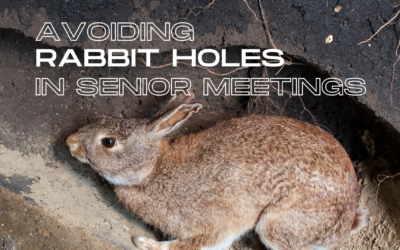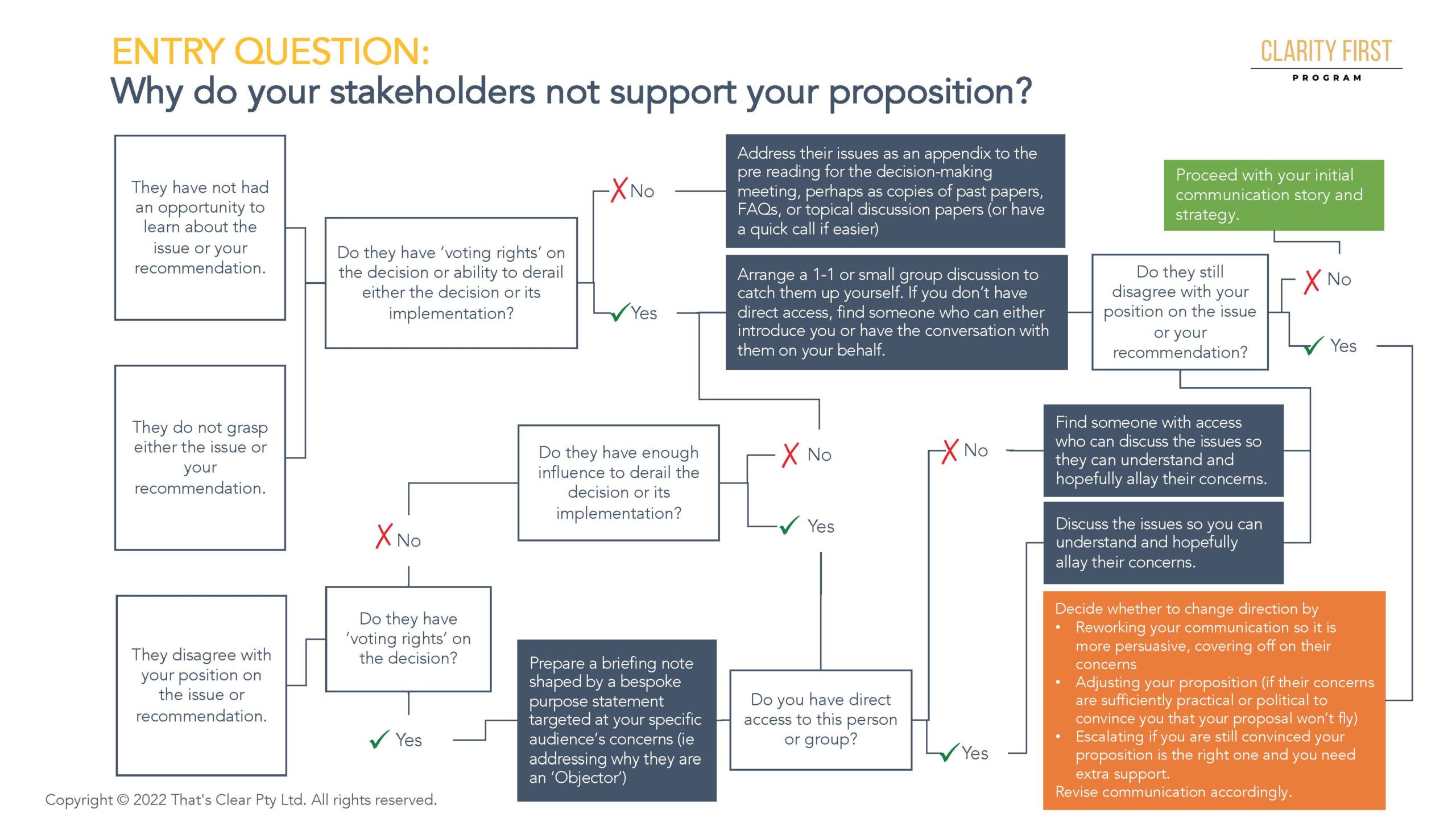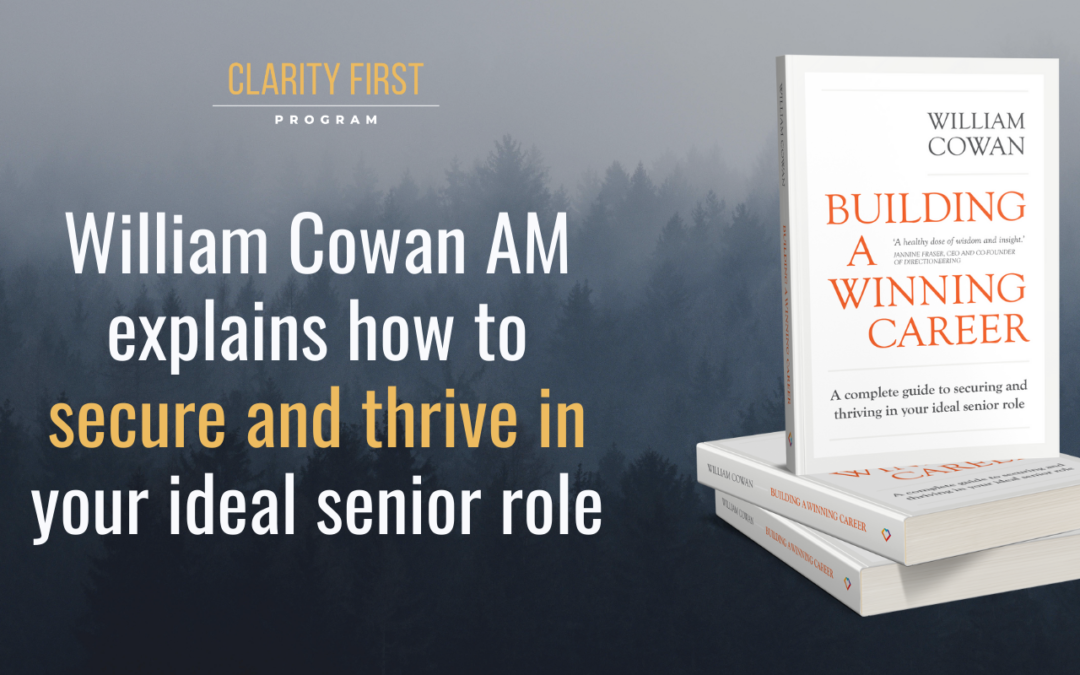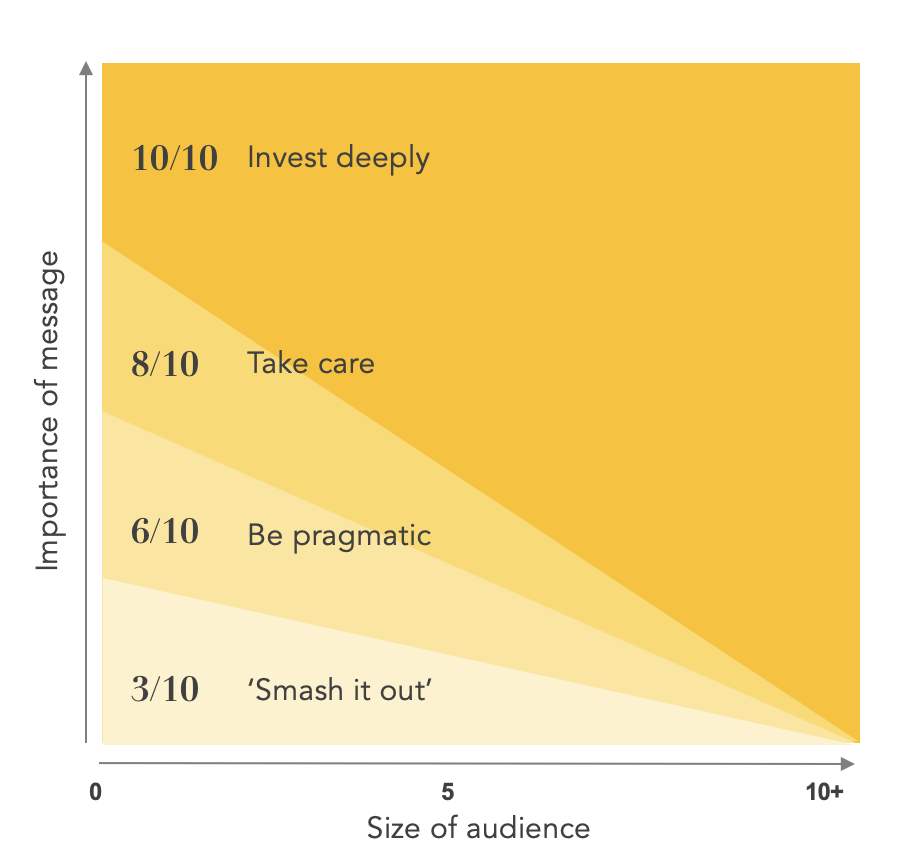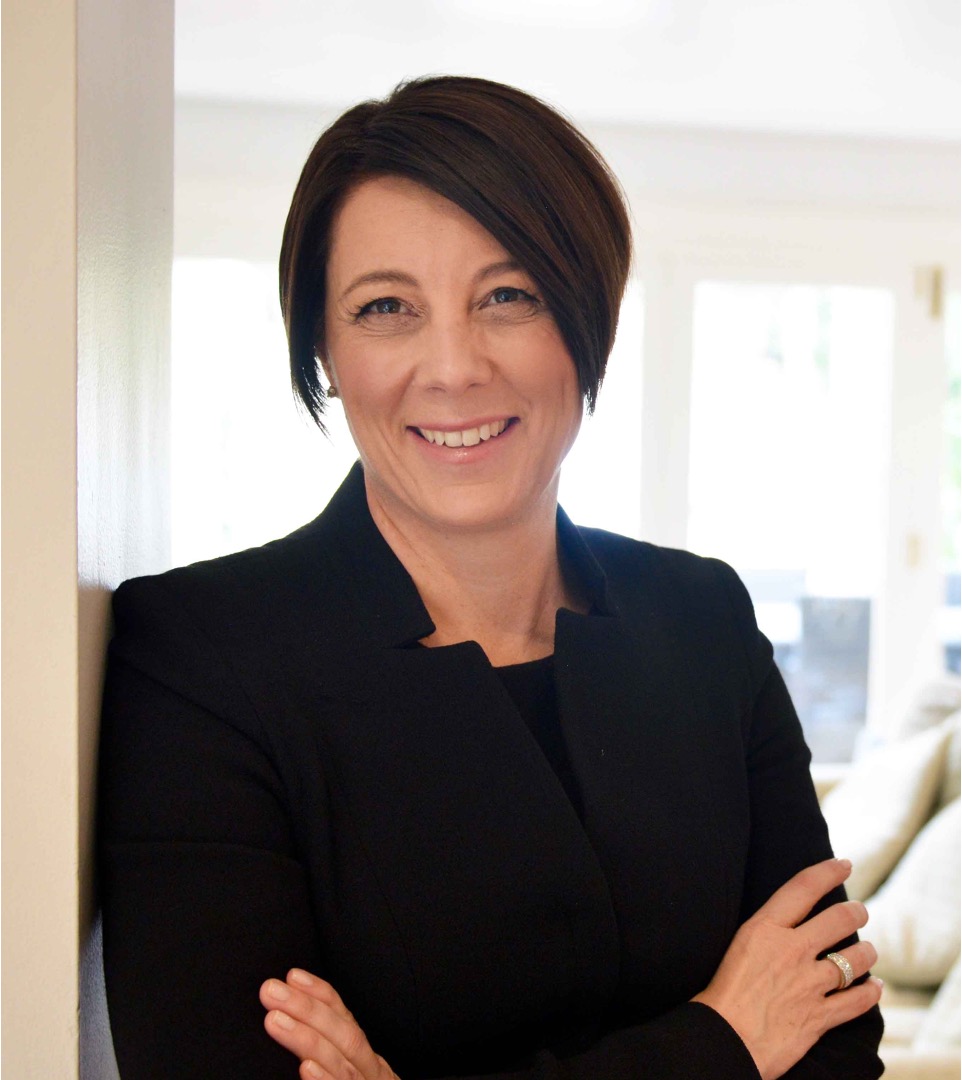
How to shorten your communication
Naturally, I want my two new books to be as short as possible, and I've been reflecting on the best way to do that.
It seems to me there are three ways to go about it, one of which is much more effective than the others. Let me explain.
Polish it. I tighten the language and work ‘bottom up' to improve clarity and flow. Shortening comes two ways here. I either tighten the language or improve the synthesis. I have been doing a lot of this, in part with the help of a tool called Hemingway. It's super cheap and I get nothing from sharing it. It's just awesome.
Snip it. Here I go further and cut out chunks that add no value because they repeat or are off topic. This is still a bottom-up strategy, and also one that I have been using with rigour. There comes a point, though, where this isn't enough.
Target it. This is the most effective way to cut. By taking the time at the outset to be hyper clear about the outcome I seek, I change the dynamic three ways.
- I write less
- I know what to cut
- I know when to stop iterating and rethink
In working on what I thought was the final version of Elevate, my new book for leaders, I realised that I thought I was at the polish stage. But, I found myself struggling to polish, and frustrated by snipping and moving things around.
This frustration helped me realise I needed to get back on target. The draft wasn't doing what I needed it to do. It wasn't direct enough. It lacked synthesis in some parts and risked losing readers as the flow in one major section wasn't orderly enough.
Although of course disappointing, it is satisfying too. I am pleased to have a clear target to return to.
If you are in the middle of reworking a paper or presentation, where are you at?
Have you thought through what very specific outcome you need? If the draft feels ‘off', what is the best way to fix it? Polish, snip or re-target?
I hope that helps. More next week.
Kind regards,
Davina











